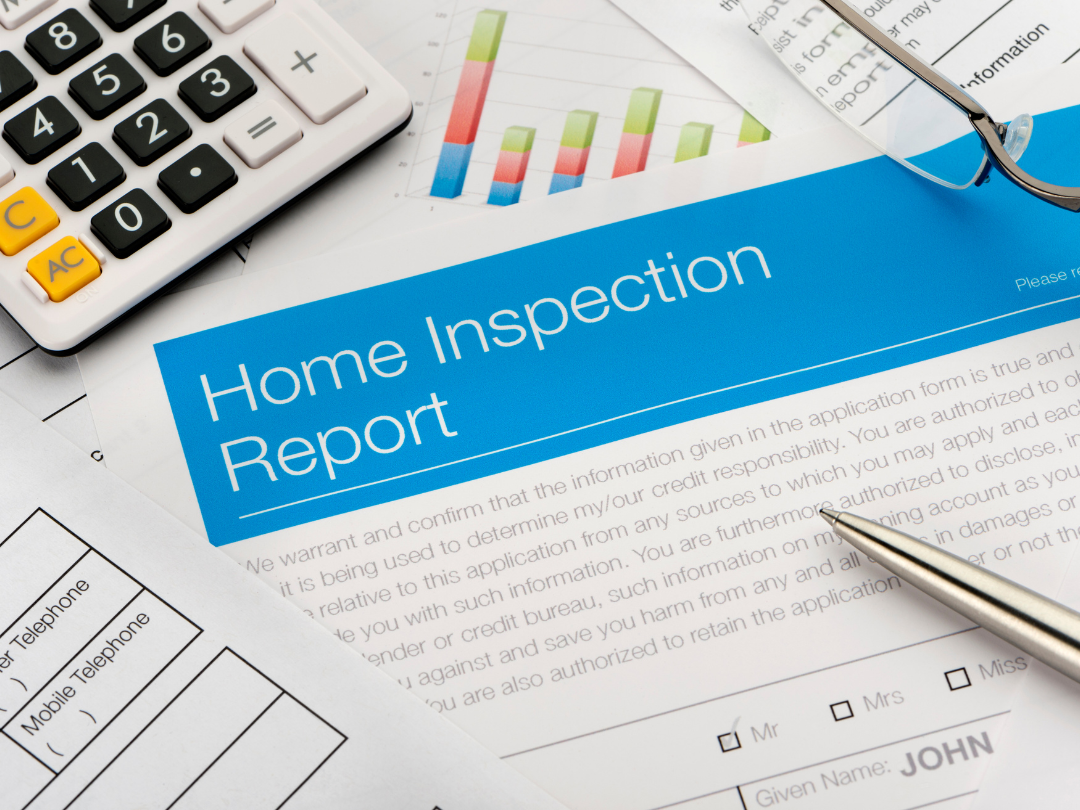Buying a new home is one of the largest financial commitments most people make. Whether in Ontario, across Canada, or in the United States, new homeowners expect their property to be safe, durable, and built to code. In Ontario, the Tarion Warranty Program provides a structured protection system for buyers of new homes. A Tarion Warranty Home Inspection serves as a key safeguard, ensuring that builders meet legal standards and that homeowners are aware of their rights and responsibilities.
This guide explains how Tarion inspections work, why they matter, and how homeowners can use the process to secure their investment.
Understanding the Tarion Warranty Program
Tarion, officially the Tarion Warranty Corporation, was established in 1976 by the Ontario government to regulate new home warranties and protect consumers. It oversees builders, enforces the Ontario New Home Warranties Plan Act, and provides coverage for specific construction defects and incomplete work.
Tarion’s protection applies to most newly built homes, condos, and freeholds. Its warranty coverage includes:
- One-year coverage for workmanship and material defects.
- Two-year coverage for major building systems like plumbing, heating, and electrical.
- Seven-year coverage for significant structural defects.
For American readers, this framework is similar to state-backed or builder-issued home warranties in states like Texas, Florida, and California. However, Ontario’s model is more standardized and government-regulated.
A Tarion Warranty Home Inspection helps homeowners confirm that the property aligns with Tarion’s performance standards and that any issues are documented within the required timelines.
The Role of a Tarion Warranty Home Inspection

A Tarion Warranty Home Inspection involves a thorough review of the property’s condition, typically conducted during the pre-delivery inspection (PDI) and sometimes followed by 30-day, one-year, or two-year warranty submissions.
During the inspection, a certified home inspector checks for visible defects, incomplete work, and safety hazards. The findings help homeowners identify what needs to be reported to Tarion before deadlines expire.
Key areas covered include:
- Exterior Components: Roofing, windows, doors, grading, and drainage.
- Structural Elements: Foundation integrity, framing, and load-bearing walls.
- Mechanical Systems: HVAC, electrical panels, water heaters, and plumbing.
- Interior Finishes: Floors, walls, ceilings, and cabinetry quality.
For new homeowners, this inspection is not optional. It’s an essential verification step to ensure builders meet Ontario Building Code standards and Tarion’s construction performance guidelines. In both Canada and the U.S., early inspections prevent costly repairs later and protect homeowners from disputes with builders.
How the Process Protects Homeowners
A Tarion Warranty Home Inspection protects buyers through accountability, documentation, and remediation. Here’s how each step works:
- Builder Accountability
Tarion enforces strict builder registration and licensing. Builders must meet financial, technical, and ethical standards before operating. Inspections ensure that their work complies with these standards. - Defect Documentation
Inspections document issues clearly with photos, written reports, and repair timelines. This evidence is critical for filing warranty claims or disputes. Homeowners have 30 days after closing to report defects under Tarion’s first warranty period. - Repair and Resolution
Once a defect is reported, builders must fix it within the prescribed timeframe. If they fail to act, Tarion can step in to mediate or arrange repairs directly, ensuring homeowners aren’t left with unfinished or unsafe work. - Long-Term Protection
The seven-year structural coverage provides reassurance for major elements like foundations and load-bearing components. It’s comparable to structural warranty programs in the U.S., though Tarion’s enforcement system adds a layer of consumer protection. - Consumer Education
Tarion promotes awareness through homeowner portals, checklists, and guides. Understanding timelines and responsibilities prevents missed claim windows and improves the inspection outcome.
Practical Steps for Homeowners
To maximize the benefits of the Tarion Warranty, homeowners should take a structured approach:
- Schedule the Pre-Delivery Inspection (PDI)
Before moving in, walk through the property with the builder and record any visible issues on Tarion’s PDI Form. Common items include scratched windows, uneven flooring, or incomplete paintwork. - Hire a Qualified Inspector
Engaging a professional adds an objective layer of expertise. The inspector ensures that all systems function correctly and that no visible defects go unreported. This is especially useful for first-time buyers unfamiliar with building standards. - Document Everything
Take high-resolution photos and keep all communication records. Tarion relies heavily on documentation to validate claims. - Submit Warranty Forms on Time
Use Tarion’s MyHome portal to submit the 30-Day, One-Year, and Two-Year forms. Late submissions can invalidate claims. - Monitor Repairs
When the builder performs corrections, review the quality of the work before signing off. Report unresolved issues promptly. - Know Your Coverage Exclusions
Tarion doesn’t cover normal wear and tear, homeowner negligence, or natural disasters. Review the exclusions to avoid misunderstandings.
Common Deficiencies Found During Tarion Inspections

While every property is unique, several recurring issues appear during inspections:
- Poor grading leading to basement moisture or water pooling.
- Improper insulation or air sealing.
- HVAC systems are not balanced properly.
- Cracked foundation or uneven concrete.
- Defective caulking or window installation.
- Electrical outlets are not functioning or are missing GFCI protection.
In both Canada and the U.S., similar issues arise in new builds, highlighting why third-party inspections are indispensable for ensuring construction quality.
Differences Between Tarion and U.S. Home Warranty Models
In the United States, warranties are typically managed by private companies or provided directly by builders. Coverage and enforcement vary by state. While they can offer financial protection, enforcement mechanisms are weaker compared to Tarion’s government-backed framework.
Tarion’s advantage lies in its legislated authority, standardized process, and transparency. It functions as both a regulator and a dispute mediator, giving Ontario homeowners a consistent process that many U.S. homeowners lack.
However, the U.S. market’s flexibility allows buyers to choose among multiple warranty providers, sometimes offering faster claim processing for non-structural issues.
Why Every New Home Buyer Should Prioritize a Tarion Warranty Inspection
Even though builders are legally obligated to meet code and quality standards, mistakes happen. Construction timelines, subcontractor turnover, and material delays can lead to oversight. A detailed Tarion Warranty Home Inspection ensures no issue goes unnoticed before the warranty window closes.
The inspection also promotes trust between the builder and homeowner. When both parties follow Tarion’s structured process, disputes are minimized and quality improves across the industry.
For U.S. readers, the principle is the same: independent inspections and warranty enforcement build consumer confidence and safeguard investments.
A Tarion Warranty Home Inspection is more than a compliance step; it’s an essential part of responsible homeownership. It ensures that builders deliver what was promised, that defects are corrected within legal timelines, and that the homeowner’s investment remains secure.
Whether in Ontario or anywhere in North America, the lesson is consistent: professional inspections backed by enforceable warranties are a homeowner’s best defence against future repair costs. By combining vigilance, documentation, and expert evaluation, new homeowners can protect their property and peace of mind for years to come.

